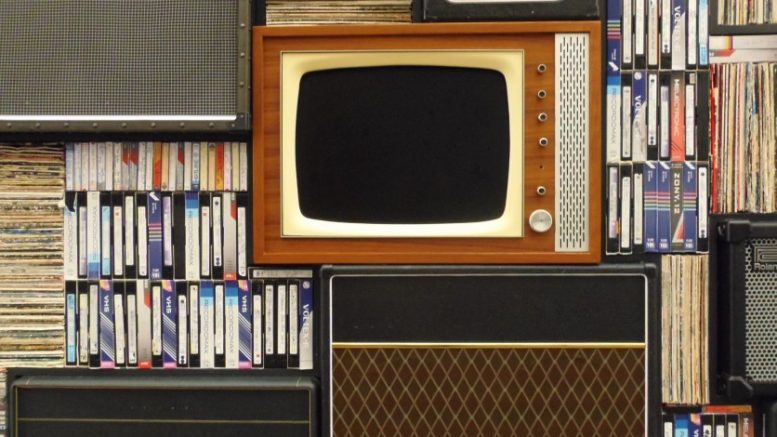Brand communication has always been about establishing that loyal connection with its audience. It’s about connecting with the customers, business associates, shareholders, employees and other stakeholders for that matter. It’s all about how well you know your customers, how much of the right messaging you have in place, what channels of communications you would use to reach out to the audience. Your efforts would always focus on how to make an impact on the mindset, perception, thought process of your customers and other audiences and converting them as a loyal bunch of buyers, believers, influencers and ambassadors of a sort.
Better brand communications always result in a good experience and that leads to bigger sales. Not only that it strengthens the brand image and creates further word-of-mouth for the brand delivering value for a longer-term. The media’s role in creating brands has always been unsurmountable. Media makes or media breaks. Brand marketers and corporate communication professionals have always been extremely thoughtful in using media for brand building from choosing the media to developing the messaging in accordance with the media vehicle that has always been at the forefront of planning the media mix.
Whether its advertising or public relations & corporate communications, media plans have always assumed a significance from the brand marketing or brand promotions perspective. TV, radio, and print have been obvious choices to create a perfect media mix for communications, of course, brand-wise, target market-wise, audience-wise, language-wise, geography wise and so on and so forth in the pre-internet era. But the Internet became a game-changer and what you see today is something much more exciting than what existed traditionally.
Then, one would choose traditional media based on traditional models and available statistics of outreach, readership, viewership, demographics, geographics, and socio-economic issues, etc. Hasn’t it changed over time?
It’s amazing to know today that this very use of traditional media has been challenged by all-pervasive engagements and conversations floating around the web of the social media environment. Communication is in accordance with buyer personas today where the young millennial audience may be delivered emoji-rich and pictorial messages on Instagram & Snapchat, while their elders and mature audience on their Facebook feeds would get more subtle and creative posts and feeds.
It doesn’t stop here. What is most exciting is the conversation triggered out of this and the impact it makes over the brand through likes, shares, views, comments, reviews, ratings, testimonials, etc. So much so that it is in an auto mode, giving the brand an opportunity for receiving feedback, leveraging positive comments and addressing concerns by identifying gaps in the quality of products or services from the negative feedback. All this in an instantaneous, real-time and continuous process makes the use of new media a wonderful opportunity for any brand communication.
Brands can build connections and prospects both via leading social media platforms offering millions and millions of active users constantly engaged in #hashtags, conversations, news, views, opinions, shares, forwards and various user-generated content. Idea is to identify the pulse of the audience, ongoing trends, upcoming trends, available content, further opportunities and leverage the same for the benefit of the brand.
By creating conversations around the brands, the communicators today are extending the brand touchpoints almost exponentially and on a continuous and sustained basis. Something like this, never existed while brand communication was completely dependent on traditional media and today it is a stark reality for brands, and they must use it to the fullest and in the best possible manner.
Imagine the multi-fold power and impact that brand communication can make by a phenomenally high number of touchpoints for the brand by complementing and supporting the visibility derived through traditional media!
The views and opinions published here belong to the author and do not necessarily reflect the views and opinions of the publisher.



Be the first to comment on "Should brands depend on traditional media?"